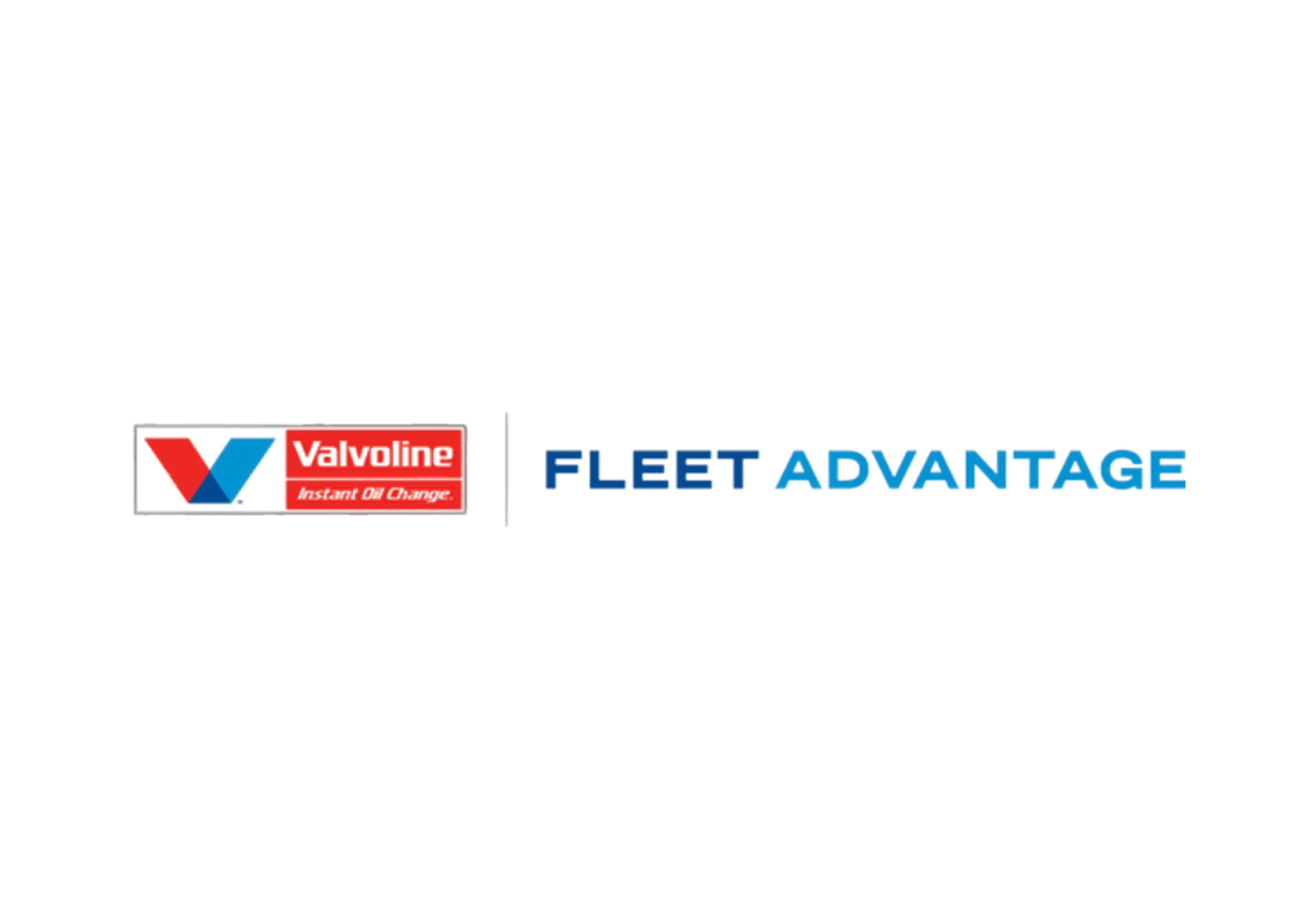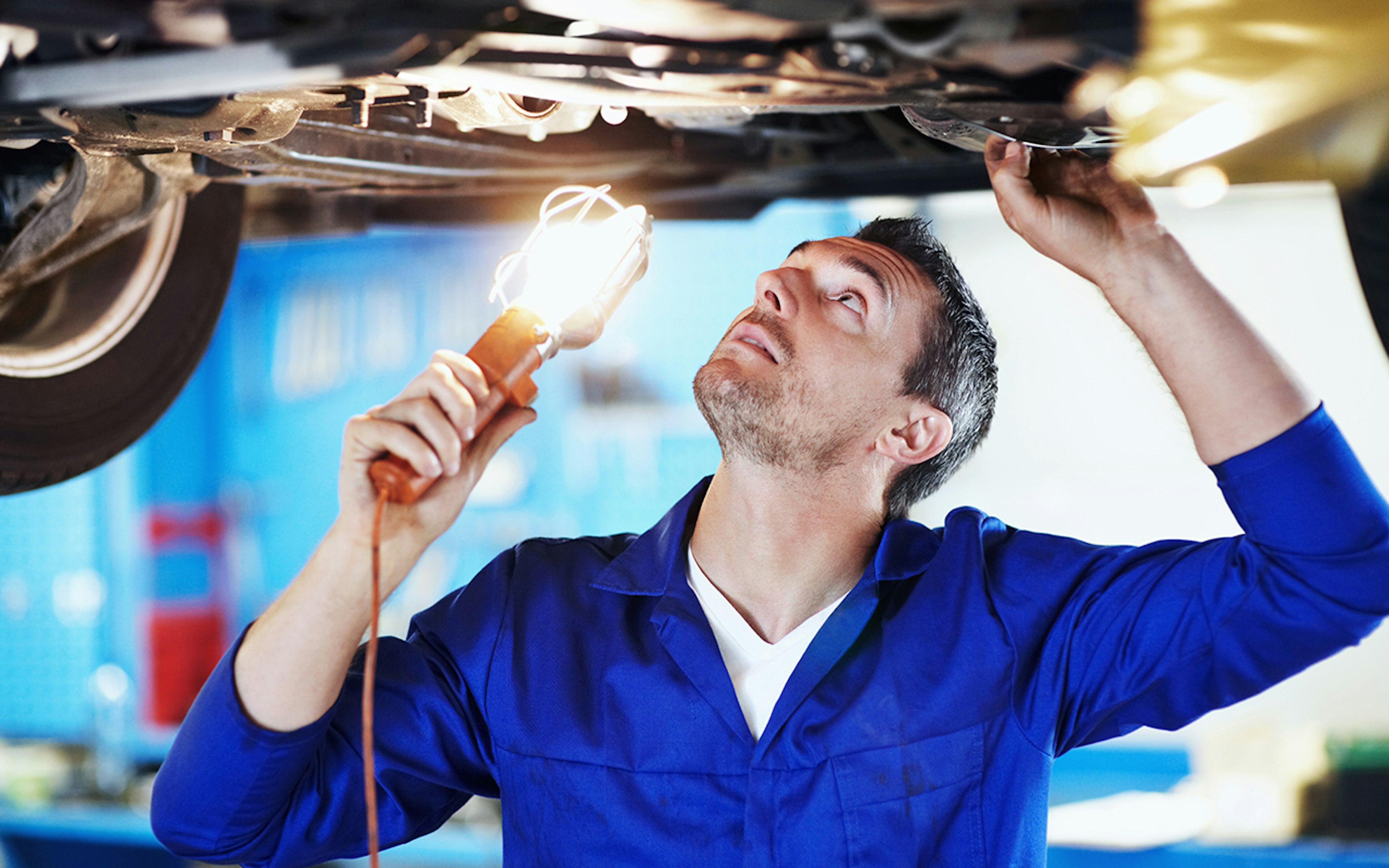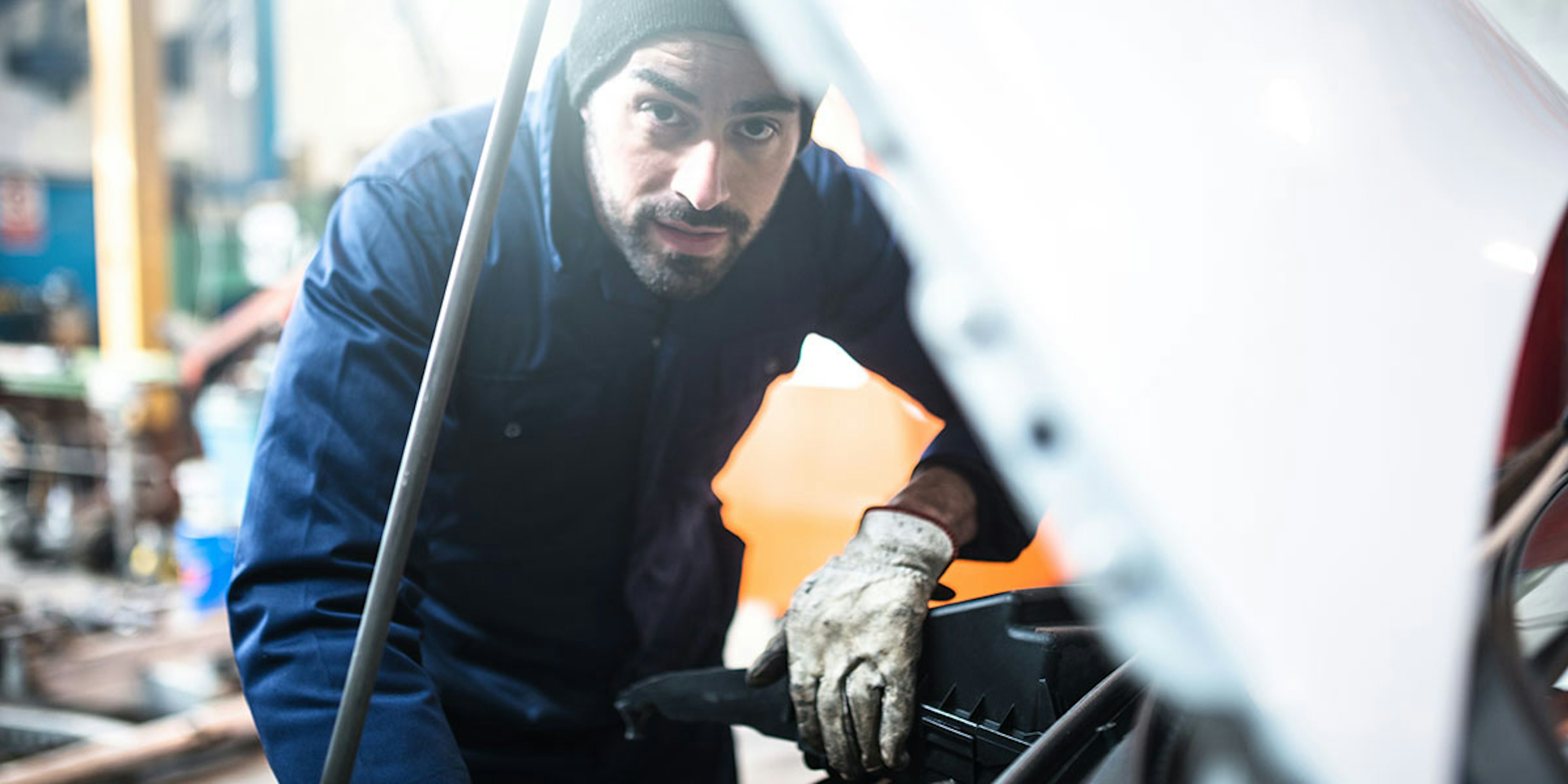Your vehicles are mission-critical to keep your business moving forward. With repair costs up 25% from 2022 to 2024, vehicle maintenance is a great way to avoid unexpected business expenses and downtime.
Here’s a breakdown of some of the most common costly repairs and the preventive maintenance steps that help you avoid them:
1. Engine Rebuild or Replacement
Expense: Engine rebuilds or replacements are among the priciest repairs, often costing several thousand dollars depending on the vehicle’s make and model.
Preventive Measures:
- Routine Oil Changes: Regular oil and filter changes are vital for maintaining engine lubrication, reducing friction, and preventing overheating.
- Cooling System Care: Regularly inspecting and flushing the cooling system helps prevent overheating, which is a major cause of engine damage.
- Air Filter Checks: Keeping the air filter clean prevents debris from entering the engine, preventing wear from fine particles between moving parts.
2. Transmission Repair or Replacement
Expense: Transmission repairs or replacements can be extremely costly, often ranging from $2,000 to $7,000 or more.
Preventive Measures:
- Regular Fluid Changes: Changing transmission fluid at recommended intervals helps keep gears and other components properly lubricated, protecting wet clutches with the proper friction additives- and preventing excessive wear.
- Ongoing Inspections: Routine checks can identify early signs of transmission issues, such as fluid leaks or unusual noises, allowing for timely repairs.
- Avoid Overloading: Preventing vehicles from carrying excessive loads reduces strain on the transmission, helping to avoid premature failure.
- Cooling System Care: The same cooling system used by your engine typically cools your automatic transmission fluid in the heat of towing and/or summer traffic. Regular maintenance helps prevent overheating, which is a major cause of transmission damage.
3. Tire Replacement
Expense: Tire replacements can range from $100-$1500, depending on size, brand, type, and quantity.
Preventive Measures:
- Regular Tire Rotations: Rotating your tires every 5,000-7,000 miles helps distribute wear evenly across all of your tires, reducing the likelihood of needing early replacements and extending their lifespan.
- Maintain Tire Pressure: Under-inflated tires can wear out faster, which can lead to tire blowouts. Proper inflation also helps fuel efficiency! Overinflated tires can cause reduced traction as well as uneven wear, especially in the center of the tread.
- Regular Wheel Alignment and Balancing: Aligning your wheels can help prevent your tires from wearing unevenly,shortening their lifespan. Balancing your tires helps prevent vibrations that also cause uneven wear and damage over time.



